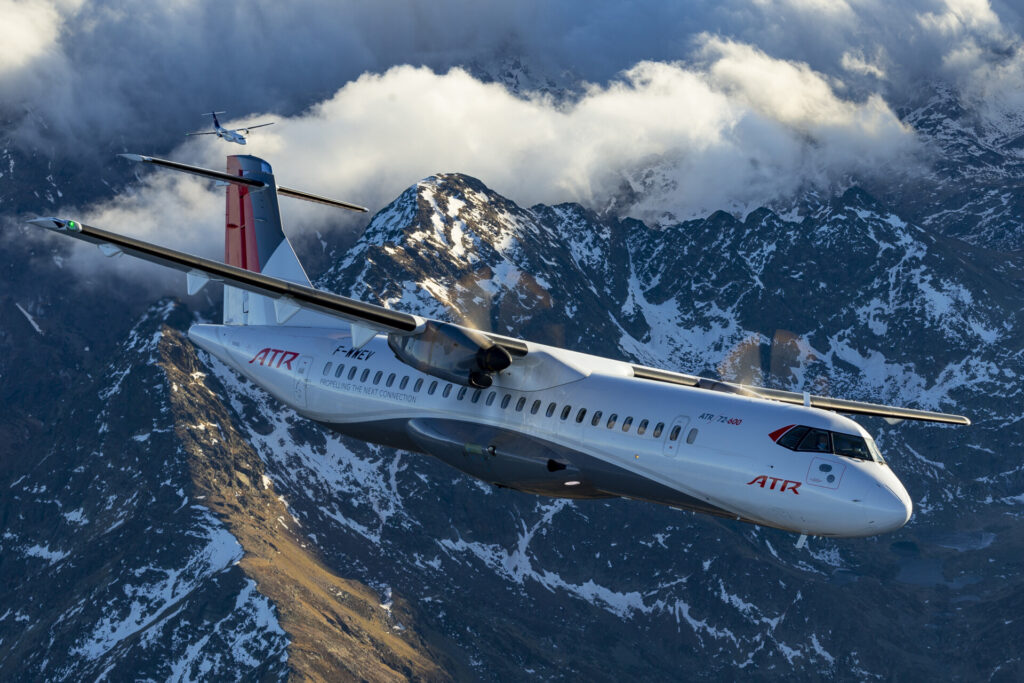French regional turboprop manufacturer ATR is targeting South Korea’s domestic and short-haul market with its ATR72-600 with plans to have a 25-30 strong fleet in the region by 2030.
ATR made the forecast at a media briefing on Day 1 of the inaugural Gyeongbuk Aerospace, Defence and Logistics Exhibition (GADLEX) held in Gumi City, South Korea.
The ATR72-600 burns around 45% less fuel than comparable regional jets making it highly attractive to airlines in the region who are seeking to reduce costs and emissions. It also has a noise footprint three times lower than the jets.
Jean-Pierre Clercin, ATR’s Head of Commercial for Asia Pacific says: “We are thrilled to see the Gyeongsangbuk-do provincial government promoting domestic regional aviation by hosting the GADLEX aviation show. Korea has many under-utilised domestic airports, and scheduled domestic flights are mainly north-south.
“ATR sees opportunity to develop east-west routes, linking communities living along the east coast to places in Korea’s western part, and the ATR is the ideal platform to create these links, in terms of considering the passenger volume, the geography and the distance. Besides, our 78-seat ATR 72 aircraft can take-off and land from a 1,200m runway in dry and wet conditions as per Korean rules, such as the one being developed on Ulleungdo Island.
“Our aircraft can therefore contribute to offer more responsible, affordable and convenient travel options, remaining profitable while serving the smallest communities, which also makes it an inclusive & resilient proposition.”
Ulsan-based Hi Air is currently the only passenger operator of the ATR 72 but this is the older 72-500 model.
Mr Clercin added: “We have seen operators try and fail to operate regional jets on domestic routes, and particularly on short distances, because these jets have higher operating costs, due mainly to higher fuel burn and maintenance costs,
“There are instances where regional jets operators have later replaced their aircraft with ATR 72s, because our aircraft have unbeatable economics on routes less than 300NM due to the 45% lower fuel burn. Fuel accounts for 40% of an airline’s total cost base, so reducing fuel burn has a hugely positive impact on the airline’s profitability. This contributes to making airlines more resilient in an ever more volatile market environment”.

